Robert Oslon, who died on April 22, 2011, had been a navy diver, and along with Sam Davison, also of the US Navy, who was his neighbor in Evanston, Illinois, had a fascination with water and dreamed of being able to dive into deep waters.
When Olson received, in July 1953, SCIENCE POPULAR magazine, which contained in his main cover: “How to build your own Diving Lung” – this made friends notice how to realize their dreams.
Davison, funded by his father, followed the instructions and built a functional air cylinder with a demand regulator. One shopper at a department store in Montgomery Wards saw the unit and placed an order for ten units, quickly followed by a request for 300 units.
In 1954 DACOR CORPORATION was founded. The name DACOR is derived from the first two letters of the surname Davison, with the first three letters of the word CORPORATION.
In 1954 Sam met Wallace (Wally) Mitchell, who was a design engineer. Wally agreed to help Sam with his scuba regulator ideas and assisted with the mechanical issues involved. Both worked swiftly and by mid to late 1954 they had the prototype and production designs for the first generation of regulators, which were referred to as Lung model R – 1.
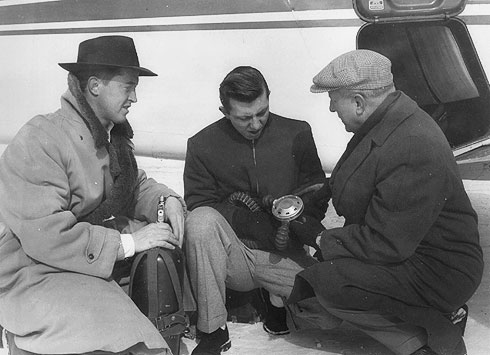
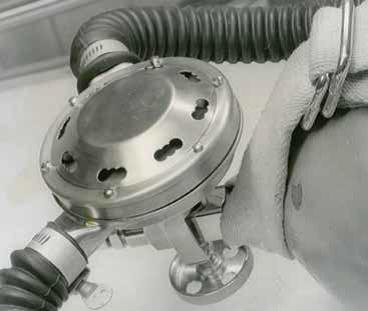
Production of DACOR regulators began in the fall of 1955, and in its 26 years of double hose regulator production, few manufacturing changes occurred in these two-stage regulators using two diaphragms.
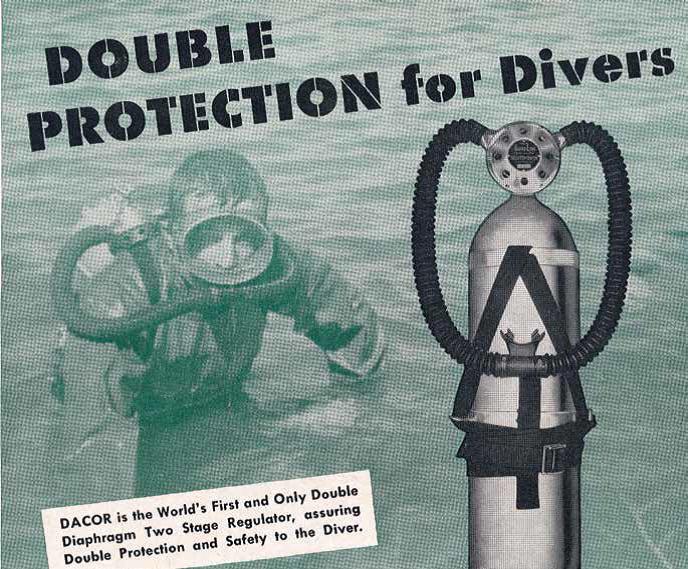
It was the only regulator that used two diaphragms. This strategy was adopted to avoid the Spirotechnique patent.
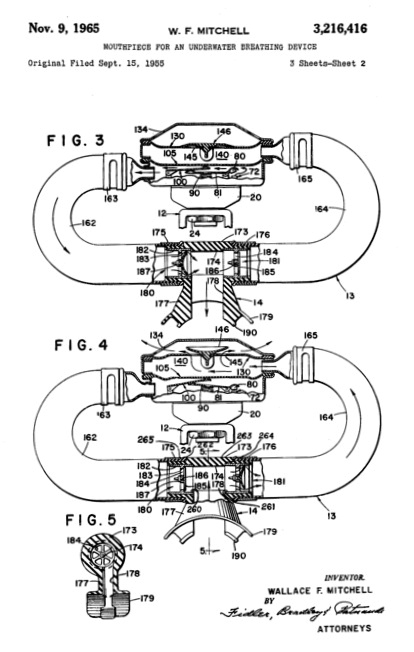
An internal diaphragm located on the inhalation lever assembly and an outer membrane that incorporates an exhaust valve, mounted in the center of the diaphragm. This exhaust air was directed to the outer chamber separate from the inhalation chamber.
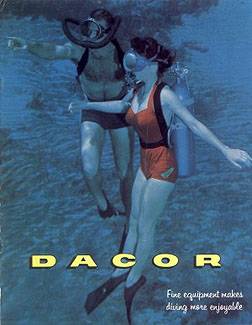
In April 1959, the DACOR company launched the double hose regulator with the “DIAL-A-BREATH” system, which provoked a great increase in the company’s production.

This device that was added to the regulator: a button that connected with the rotating vane mounted next to the regulator to divert the airflow. This device was called “Dial-A-Breath”, allowing the diver to take more difficult breath. The theory was this: With a harder breath, more air would be kept for the diver, “You would not use so much air.”
DACOR had three model versions (first generation model R-1, then the second generation model R-2, and finally the third generation model R-3 regulators) of the first serie of their double hose regulator during a seven-year production period from 1955 to the end of 1961. All three models used the same two-stage pressure block, the same case body, case cover, exhaust spacer, springs, levers and diaphragms, which left the three models with very few differences.
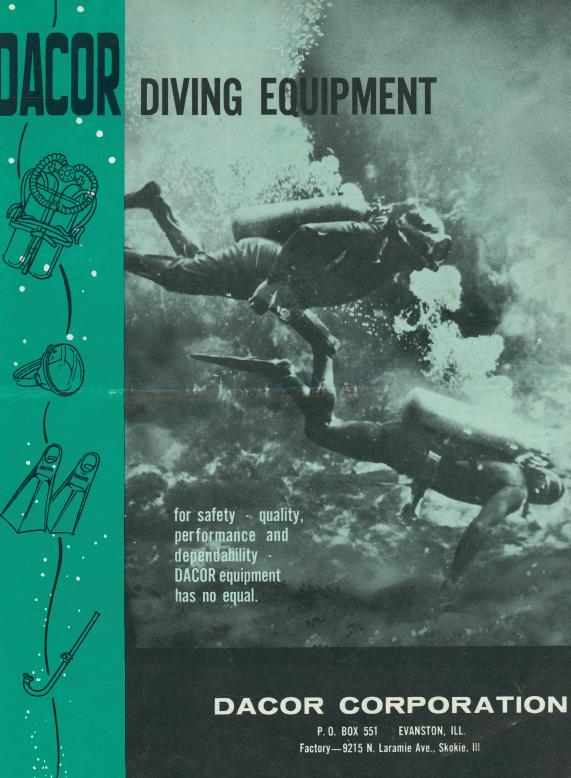
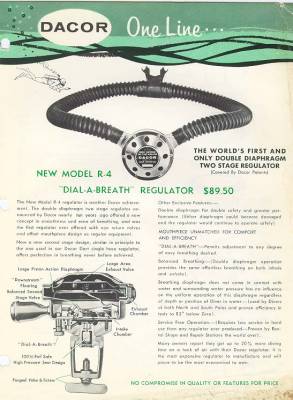
The company’s first location was in Evanston, Illinois. In December of 1959, DACOR moved to Skokie, Illinois, and in 1970, they went to Northfield, also in Illinois, where they are located until today, as part of MARES.
Sam M. Davidson Jr. died in 1987
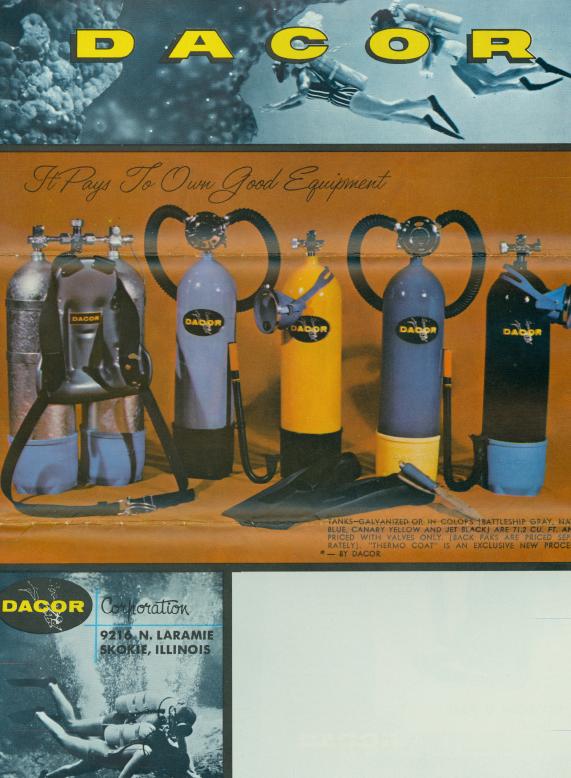
Several double hose regulators models were produced by DACOR from 1955 to 1982: R-1, R-2, R-2, R-3, R-4, C-2 Clipper, C-3 Clipper and C-3N:
DIVING LUNG Model R1 – 1955-1956 and Diving Lung Model R2 – 1956-1959
After DACOR was founded Wallace Mitchell filed for patent #3,028,859 for an Underwater Breathing Device on September 1955 with DACOR as assignee.

Production for the first generation of Diving-Lung Mode R-1 regulator began in the spring of 1955.
The Diving Lung R-1 is a two-stage pressure reduction system with two mechanical levers to activate flow. The unique design using two low-pressure diaphragms would become the trademark for most of DACOR’s two hose regulators.
The first diaphragm was to seal out water from the inhalation chamber and activate the levers on inhale. The second was to sense increased water pressure and transfer that pressure to the first diaphragm. Additionally, a mushroom valve was placed in the center of the diaphragm for the exhaling air from the diver. “A double protection for divers” and DACOR would use that as advertising.
The exterior parts of the regulator were finished in brushed nickel chrome, and a black painted nameplate was riveted to the cover. The main body case, diaphragm and cover were clamped together via six screws and nuts. The hoses were very soft and pliable, and only 17 inches long, with one inch and one and a quarter inch openings.
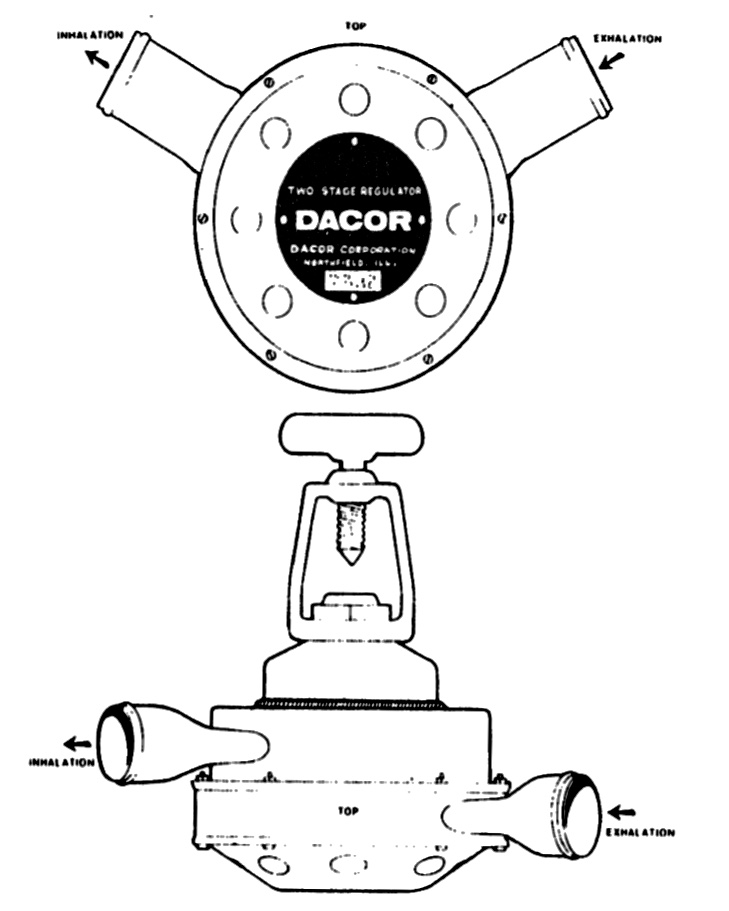
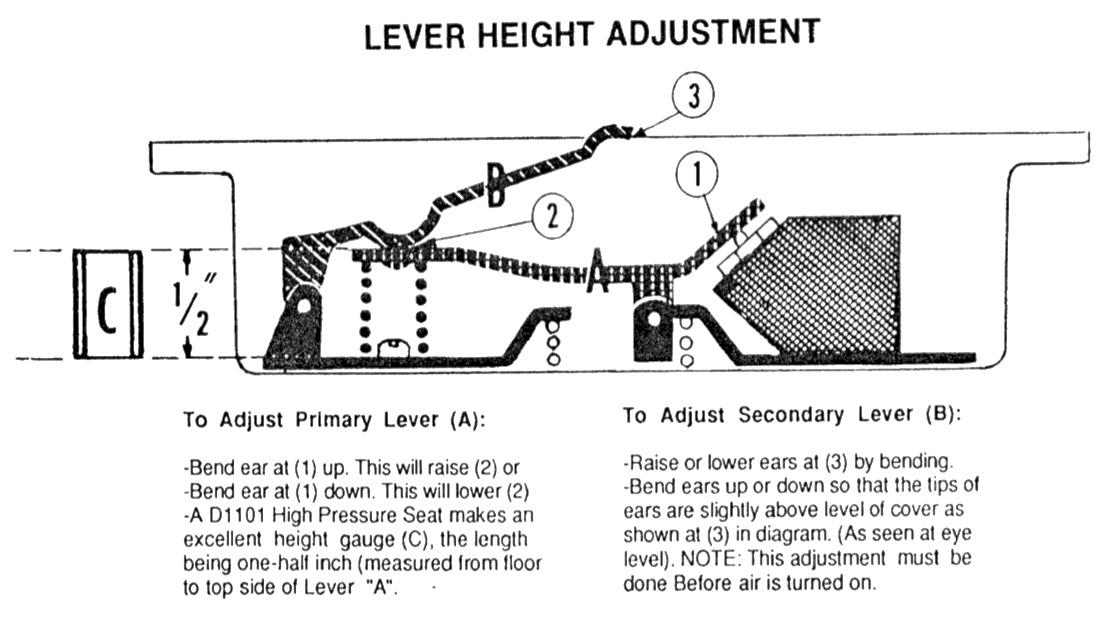
All DACOR model double hose regulators used tinnerman clamps to attach the hose to regulator and mouthpiece.
DACOR tried to get its regulator approved by the U.S. Navy and the R-1 serial number 588 was submitted to NEDU (The United States Navy Experimental Diving Unit), but the official report stated that it failed. After some adjustments, DACOR resubmitted along with a second regulator serial number 923. And now the report was:
“The DACOR Diving Lung demand regulator meets EDU laboratory criteria of suitability for the use in the Naval service.” DACOR could now include “Navy Approved” to their credits and use the term in their advertisements.
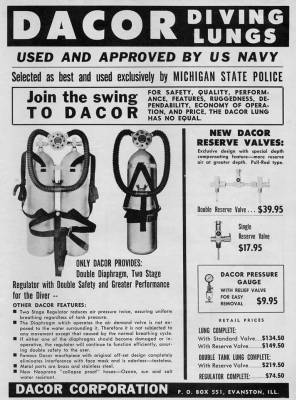
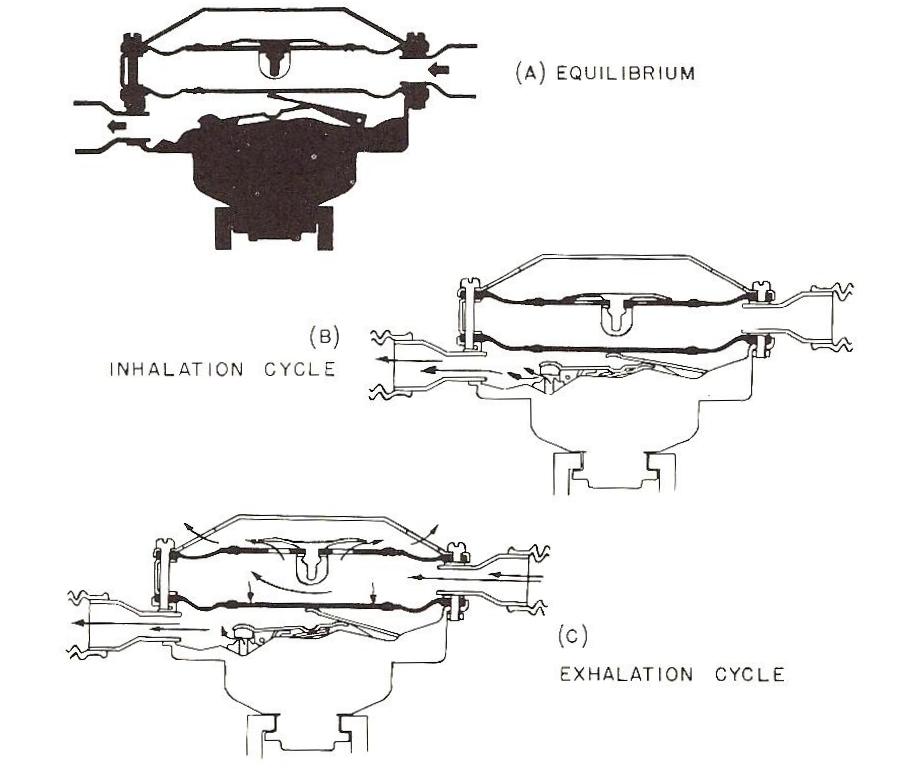
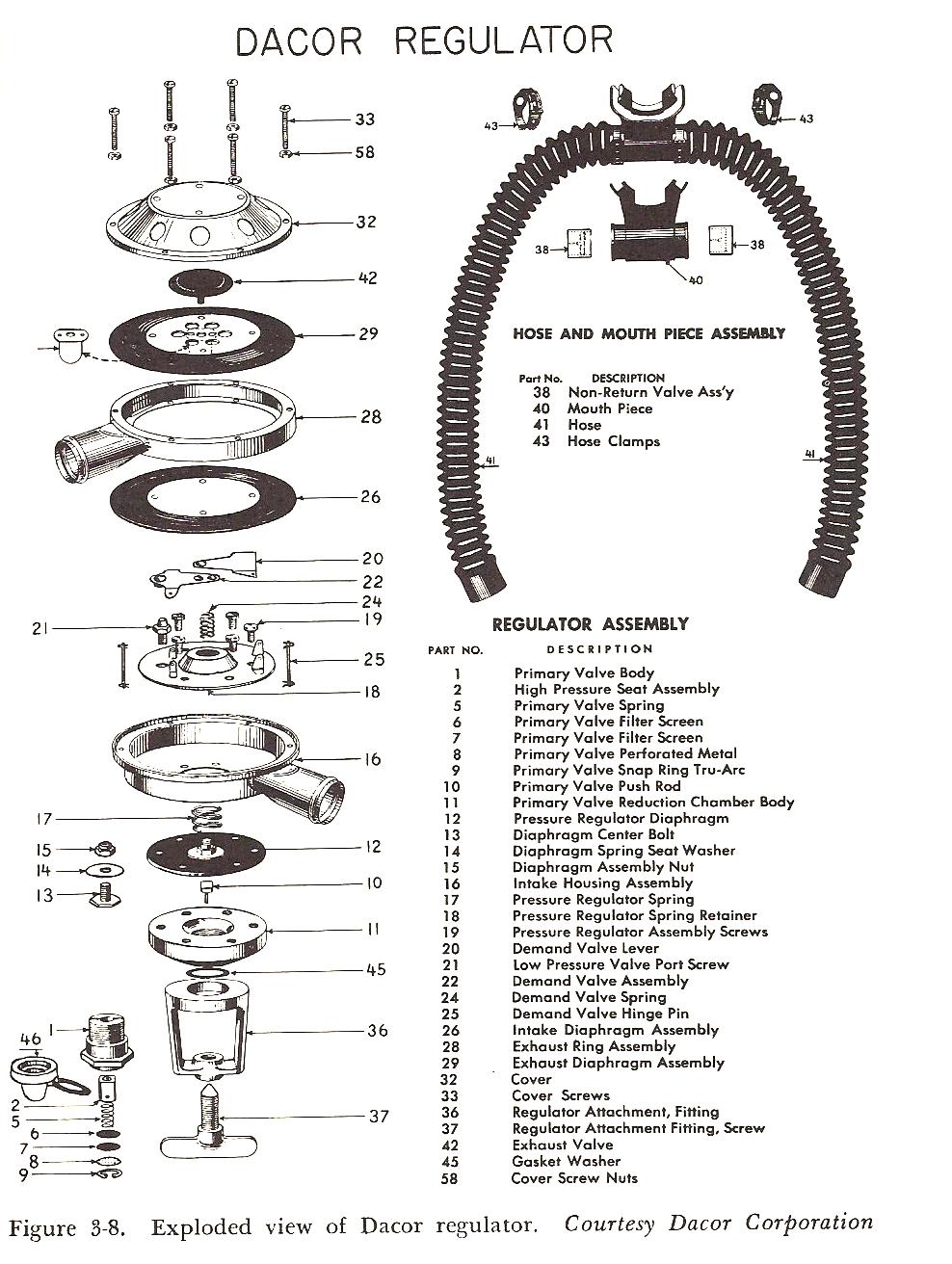
The model Diving Lung R-2 regulator was introduced in January 1956 and continued in production until early in 1959. The R-2 was essentially the same as the R-1 but with some small differences.
The label was now read “DACOR, DIVING LUNG, double diaphragm, 2 stage regulator, Dacor Corporation, Evanston, ILL.” and no more “DIVING LUNG, 2 stage regulator, Dacor Corporation, Evanston, ILL.”
The hoses were now made with crush proof ribbing making the hoses stiffer but still pliable and had also been increased in length to 20 inches. And Dacor has replaced the piece inlet filter system with a single filter screen (sinter metal).
DIVING LUNG Model R3 – 1959-1962 (with Dial A Breath)
The last model for the first series of the double hose regulators was the Diving Lung R-3 – nicknamed the “Dial-a-Breath” – and introduced in April 1959.
A small adjustable vane -butterfly valve – was added in the path of inhaling air to R-2 regulator. The principle was that the airflow could be slowed or maximized depending on the diver’s need. The low-pressure seat and lever assembly was rotated 90 degrees to inject air at the intake opening and around the butterfly Dial-A-Breath assembly.
All other details for the model R-3 were the same as the model R-2, including the label.
In 1961, DACOR introduced a new mouthpiece with larger one-and-one-quarter-inch check valves, and hoses that were increased in size on one end to accommodate the larger mouthpiece and secured with tinnerman clamps.
The exterior finish of the “Dial-A-Breath” regulator was brushed nickel chrome as were the previous models, but several regulators were finished in polished chrome.
The “Dial-A-Breath” double hose regulator was produced until December 1961. Serial numbers continued in sequence with
the ending of the model R-2.
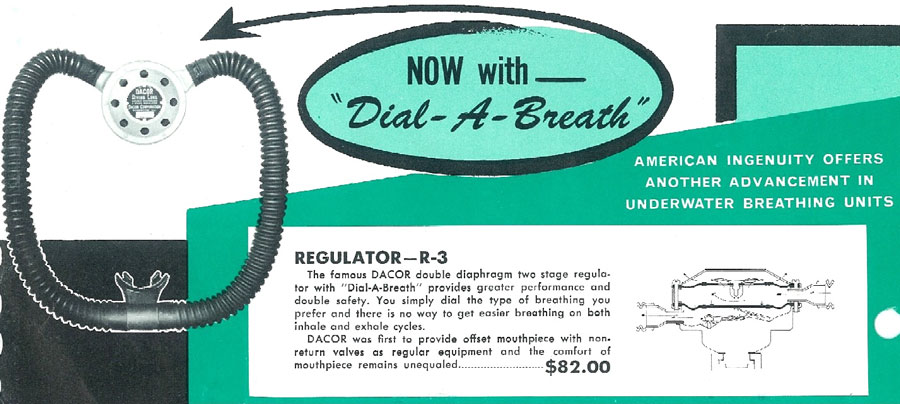
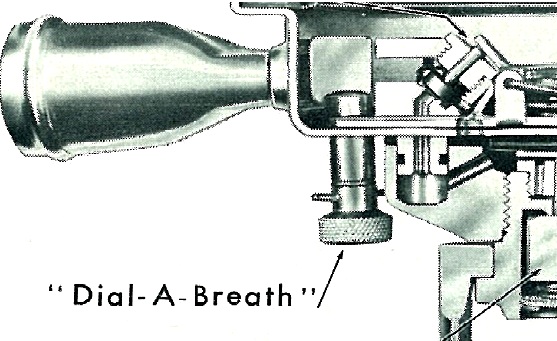
Model R-4 – 1962-1973
In 1962, DACOR made several major changes to the internal workings of the regulator and produced the double hose regulator R-4.
DACOR added more adjustment features for fine-tuning the high pressure and the intermediate pressure setting, and completely changed the second – stage valve, poppet assembly, and levers. They moved the location of the low – pressure spring, and added an adjustment screw for fine-tuning and lever height adjustment. By adding more ports for filling the inhalation chamber, they also increased the air-flow to the diver.
The newer design large mouthpiece and hose assembly, that was patented in 1961, was used on this model and all future models.
Labels with the Northfield address start to appear in 1970.
The dial-a-breath feature was eliminated in 1966/1967 at around serial number 3,500, and the exterior finish would change from brushed nickel chrome to polished chrome in 1963 at around serial number 1,650.
One gold-plated R-4 double hose regulator with the serial number 1,111 was presented to DACOR.
The model R-4 regulator was manufactured from 1962 to the end of 1973.
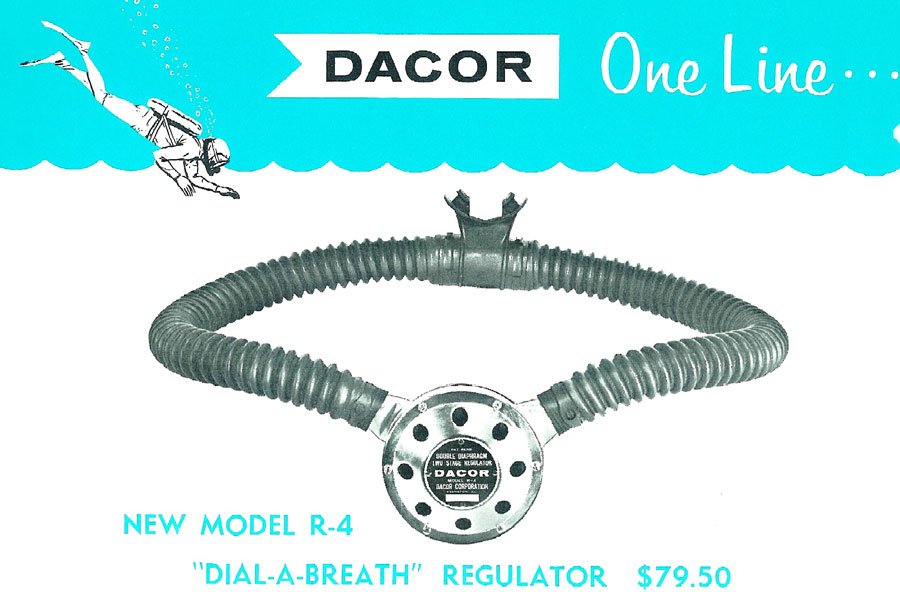
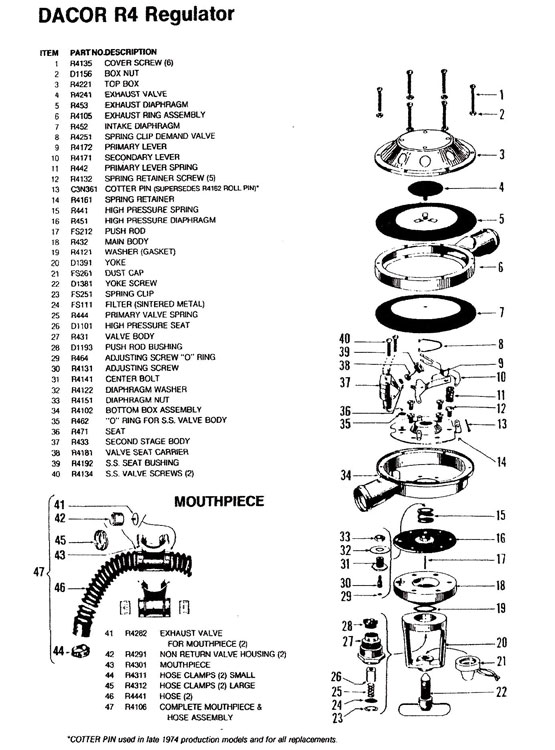
Model C-2 – 1963-1966
In 1963, DACOR introduced the new double hose regulator model CLICPPER C-2. DACOR took the basic R-4 and kept the dial-abreath feature, but removed the cover, exhaust diaphragm and exhaust chamber, and replaced them with a new cover and a duckbill exhaust valve. The front cover was now larger and the main inhalation diaphragm also had to be changed in shape from the R-4.
DACOR also added a rubber spacer ring just under the cover to take up the slack where the second exhaust diaphragm would have gone.
On the cover face a small red CLIPPER label was placed at the top, and a blue WORLD symbol label at the bottom.
The CLIPEER C-2 had a polished chrome finish and came with the same hoses and mouthpiece assembly as the model R-4.
The CLIPPER C-2 manufactured until 1965.
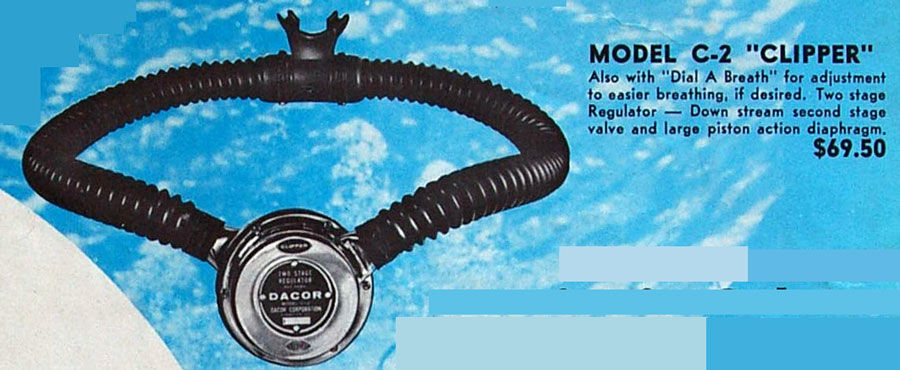
Model C-3 – 1966-1974
In 1966, DACOR introduced the model CLIPPER C-3 double hose regulator, which replaced the model CLIPPER C-2. The main body and internals remained the same.
In 1967, the Dial-A-Breath feature assembly (exterior) parts were removed and the interior butterfly was soldered in place. That was now fixed in position and no longer usable, and the dial-a-breath sticker was removed from the regulator.
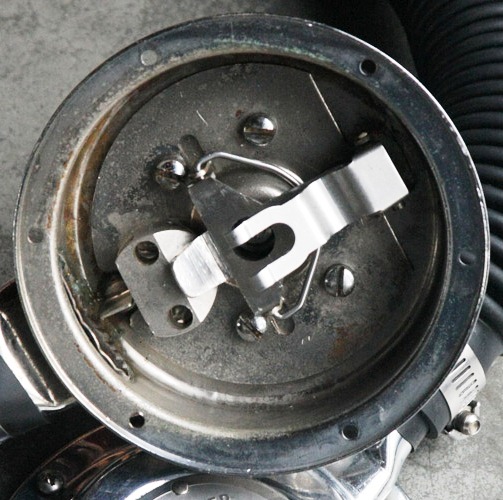
Sometime in 1970, around serial number 4000, the address would change from Skokie to Northfield, ILL.
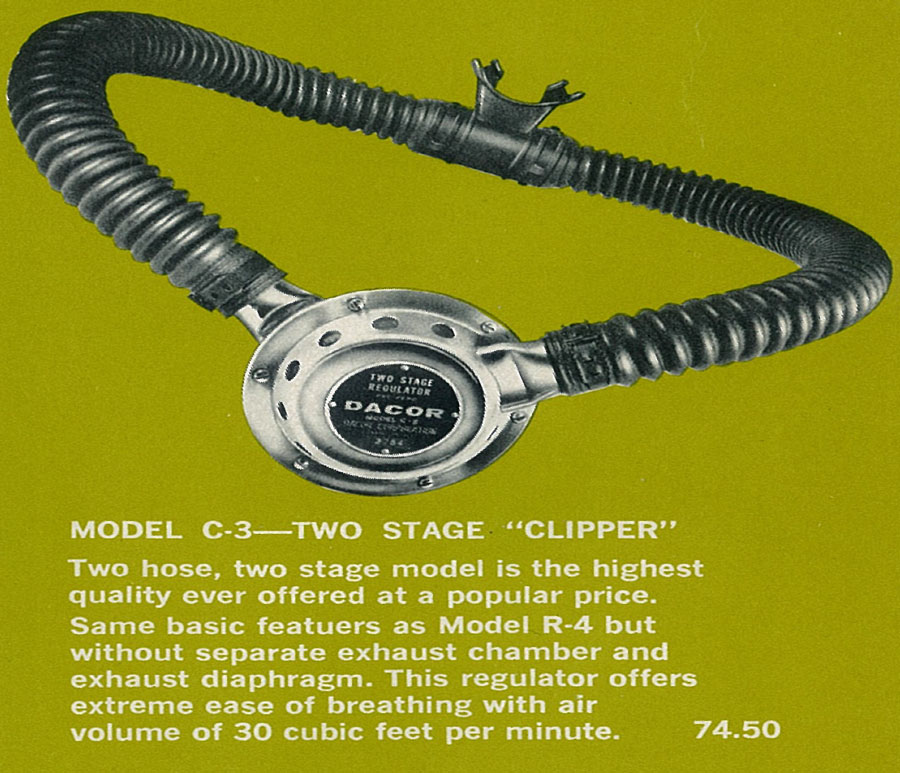
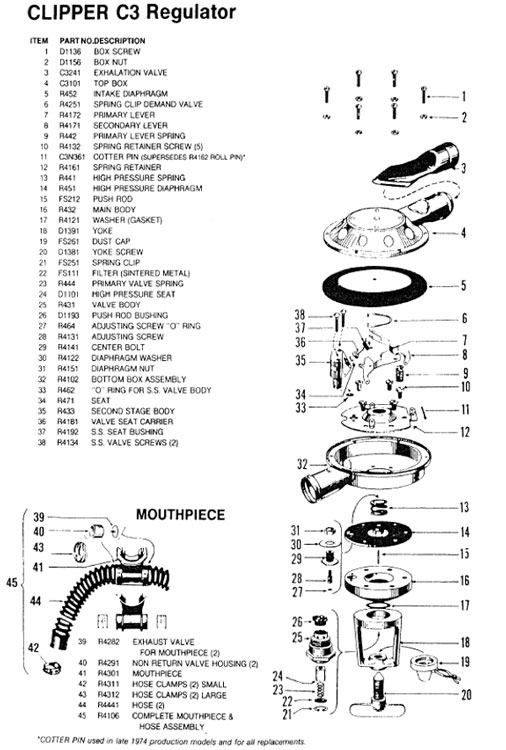
Model C-3N-1974-1982
In 1974, DACOR introduced at market the C-3N double hose regulator. By this time the diving industry was shifting to a new standard in tanks, which were made from aluminum alloy and had a pressure rating of 3,000 psi. The model C-3N has a heavyduty yoke and yoke screw to handle this increased pressure.
For the external parts DACOR has used the cover, exhaust ring assembly and inhalation diaphragm from the model R-4 and the duck bill exhaust valve used in the
C-3 rather than bringing back the second exhaust diaphragm feature.
The model C-3N regulator was manufactured from 1974 to 1982.
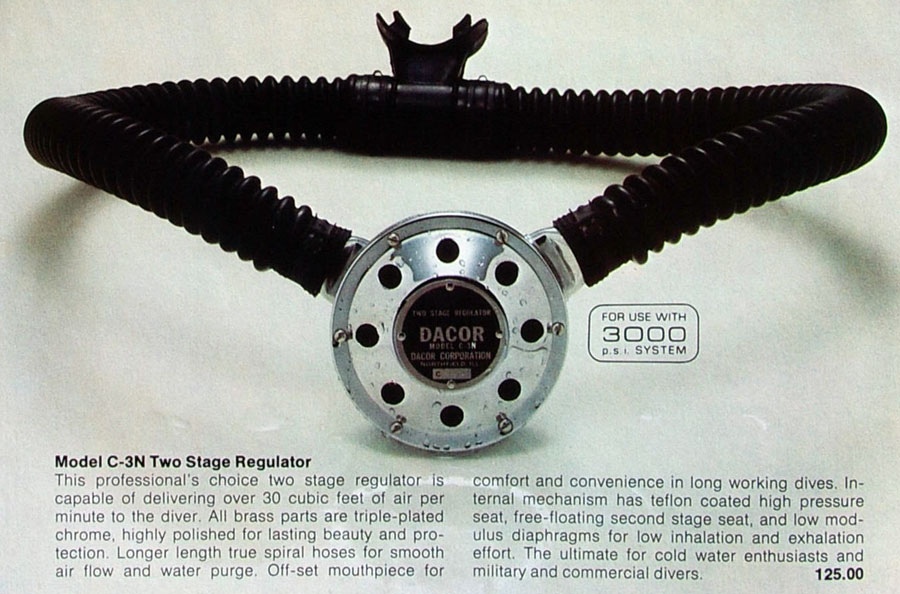
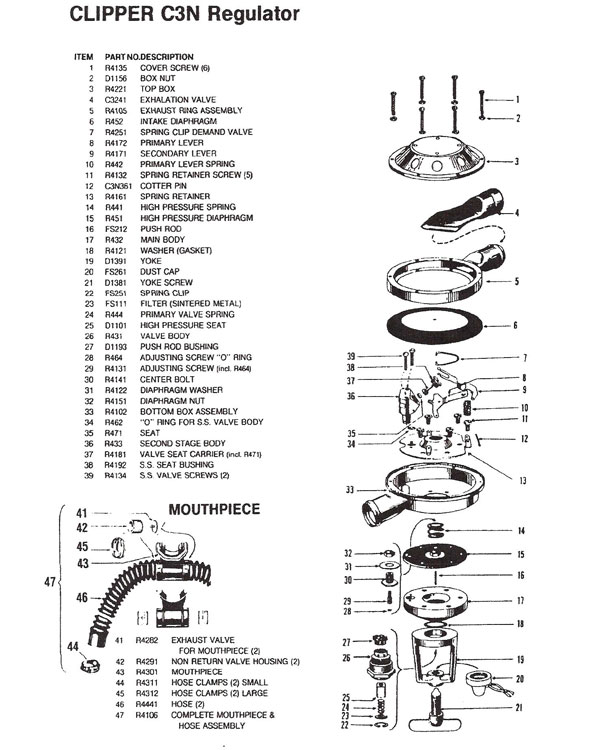
Model C-3-NB – 1978
The double hose regulator Model C3-NB (Balanced) was cataloged in 1978 and in other years. But there are no records of this model. C3-NB was listed in a performance chart published by the US Navy Experimenatal Diving Unit along with 36 other regulators.
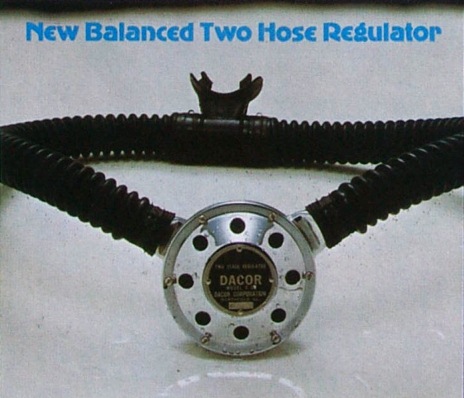
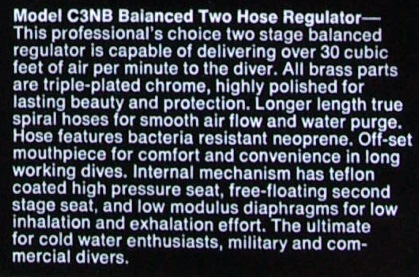
*** Factory Adress : Evanston (1955-1959) / Skokie (1959-1970) / Northfield (1970-Today(Mares))
Reference
- http://www.internationallegendsofdiving.com/FeaturedLegends/Robert_Olsen_bio.htm
- http://www.vintagescubasupply.com/labsdac.html
- http://www.internationallegendsofdiving.com/Articles/icorn_090808.htm
- Frank Werthwein
- Historical Diver – Summer 2002, No. 32 – Volume 10 Issue 3
- Basic Scuba by Fred M. Roberts (1960)
- Dacor’s Manuals and Catalogs
